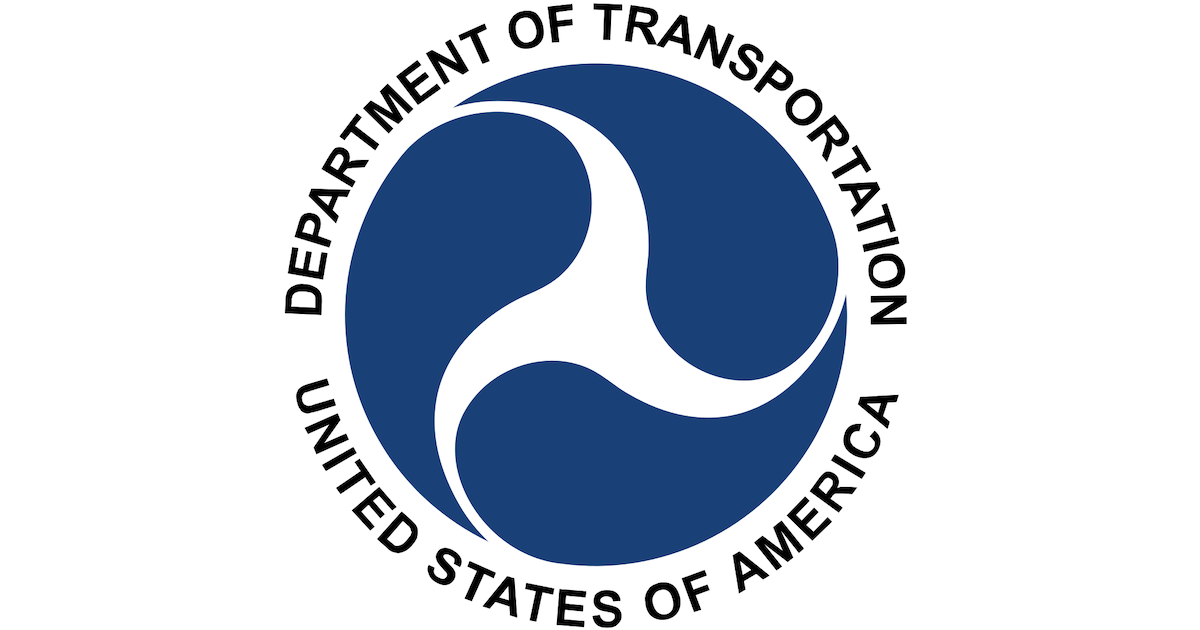Transportation Infrastructure Finance and Innovation Act Program (TIFIA)
Federal Agency

Sub-Department
Build America Bureau
Purpose
To provide credit assistance for Transit Oriented Development (TOD), or qualified projects of regional and national significance, filling market gaps and leveraging substantial private co-investment through supplemental, subordinate investment in critical improvements to the nation's transportation system.
Applicant and/or Project Eligibility Requirements
Eligible applicants include state governments, state infrastructure banks, private firms, special authorities, local governments, and transportation improvement districts. Projects must have a minimum anticipated cost of $10.
Decarbonization Considerations
Eligible programs include Intelligent Transportation Systems, Intermodal Connectors, Transit Vehicles and Facilities, Intercity Buses and Facilities, Transit Oriented Development, and more. Transit Oriented Development (TOD) projects are those that improve or construct public infrastructure that are either (1) located within walking distance to public transportation, or (2) for economic development, including commercial and residential development,(a) that incorporate private investment; (b) that are physically or functionally related to a passenger rail station
Equity Considerations
See the "Equity Design Considerations for Federal Funding" for general considerations and additional sector-based resources: https://cityrenewables.org/resources/equity-design-considerations-for-federal-funding/
Helpful Tips
TIFA intends to facilitate projects with significant public benefits, encourage new revenue streams and private participation, fill capital market gaps for secondary/subordinate capital, and limit Federal exposure by relying on market discipline. The granter intends to be a flexible, ""patient"" investor willing to take on investor concerns about investment horizon, liquidity, predictability and risk. Interest does not accrue until proceeds are drawn, flexible amortization, up to 35 year repayment period, deferrable for five years after substantial project completion and no pre-payment penalty.
Other Notes
Smaller projects can apply through the streamlined "TIFIA Lite" program. For this: Borrower should be (1) a public or publicly-sponsored entity; (2) experienced with debt financing, such as prior TIFIA, RRIF, or commercial loans; and (3) willing to accept the terms of the standard TIFIA loan agreement template with little to no negotiation. Projects should be (1) shovel-ready with all permits and licensing completed; (2) given an investment grade rating from a nationally-recognized agency; and (3) posess a loan repayment source in the form of a general obligation pledge, dedicated tax revenue pledge, or government appropriations.
